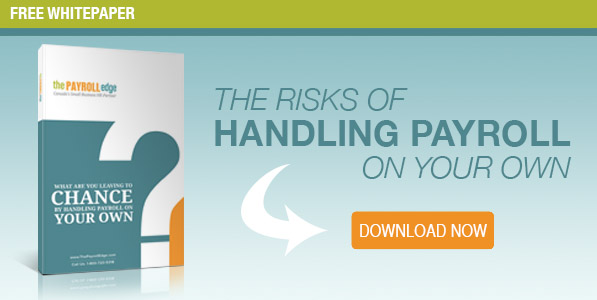 Whether you’re a US company looking to pay workers in Canada or a Canadian company hiring American employees, you’re probably concerned with payroll regulations. You may be fairly sure you’ve got the basics down in either country, but you also know there are different rules you may not be familiar with.
Whether you’re a US company looking to pay workers in Canada or a Canadian company hiring American employees, you’re probably concerned with payroll regulations. You may be fairly sure you’ve got the basics down in either country, but you also know there are different rules you may not be familiar with.
Just what are the differences between Canadian payroll and American payroll? This guide will give you a quick overview of some of the key variances.
Federal Regulations, States, and Provinces
One of the first things employers should determine is whether a payroll regulation exists at the federal level in Canada or the US. You’ll want to note which regulations are governed by provincial or state legislation, which can mean huge variation across the country.
One notable difference is in the legislation of minimum wage. In the US, there is a federal minimum wage, which sets a floor across the country. Individual states can adopt a higher minimum wage if they want. In Canada, the minimum wage is set by the provinces and territories.
The situation is reversed when it comes to unemployment insurance plans. In Canada, the Employment Insurance (EI) program is a nationally run program. In the US, unemployment insurance is governed by the individual states.
You’ll need to pay close attention to the differences between what’s federal and what’s not. Then, you’ll need to note the differences between states or provinces, especially if you operate in many locations.
Overtime and Exemptions
Both Canada and the US allow for overtime work. They also designate some employees exempt from overtime. As an employer moving across the border, you’ll want to be sure you read the new definition of overtime-exempt employees very carefully.
In Canada, for example, employees paid an annual salary are not exempt from overtime pay. In the US, a salary test is used to determine if overtime pay is necessary.
Again, there can be differences at the provincial or state level. In Canada, for example, Quebec law states managers are usually exempt from overtime pay. In Nova Scotia and Prince Edward Island, however, employees in management are usually eligible for overtime pay.
Severance Pay Is Very Different
In the United States, the law permits “at-will” employment. This means an employee or employer can terminate the employment relationship at any point in time, for almost any reason. Unless you’ve opted to create severance packages for your employees, you probably won't need to payout anything for an employee who is terminated without notice.
This isn’t the case in most of Canada. You should check legislation in individual provinces, but you’ll need to give notice to most employees if you wish to terminate their employment. You’ll also need a good cause to do so. If you don’t give proper notice, you may need to compensate the employee instead.
Benefits and Healthcare
You probably know Canada has a public healthcare system, which is funded through taxes and sometimes through levies on employers. In any given province, you may end up paying a set amount to the provincial government for your employees’ healthcare.
In the US, you’ll be expected to withhold for your employees. This withholding includes their income tax, as well as FICA payments such as Medicare and Social Security. The rules around these sorts of payment differ between Canada and the US, so you’ll need to check them carefully to make sure you’re remitting them correctly.
Benefits are treated very differently in the two countries. Fringe benefits offered in Canada are sometimes taxable, and you’ll need to determine whether they are where you operate.
There Are Many Similarities
The fundamentals of payroll in both Canada and the US are more similar than you might think. The differences are often in the details. If you keep a sharp eye out and enlist expert help from a PEO, you’ll be well on your way to trouble-free payroll, no matter where you do business.




 Download Now
Download Now 

